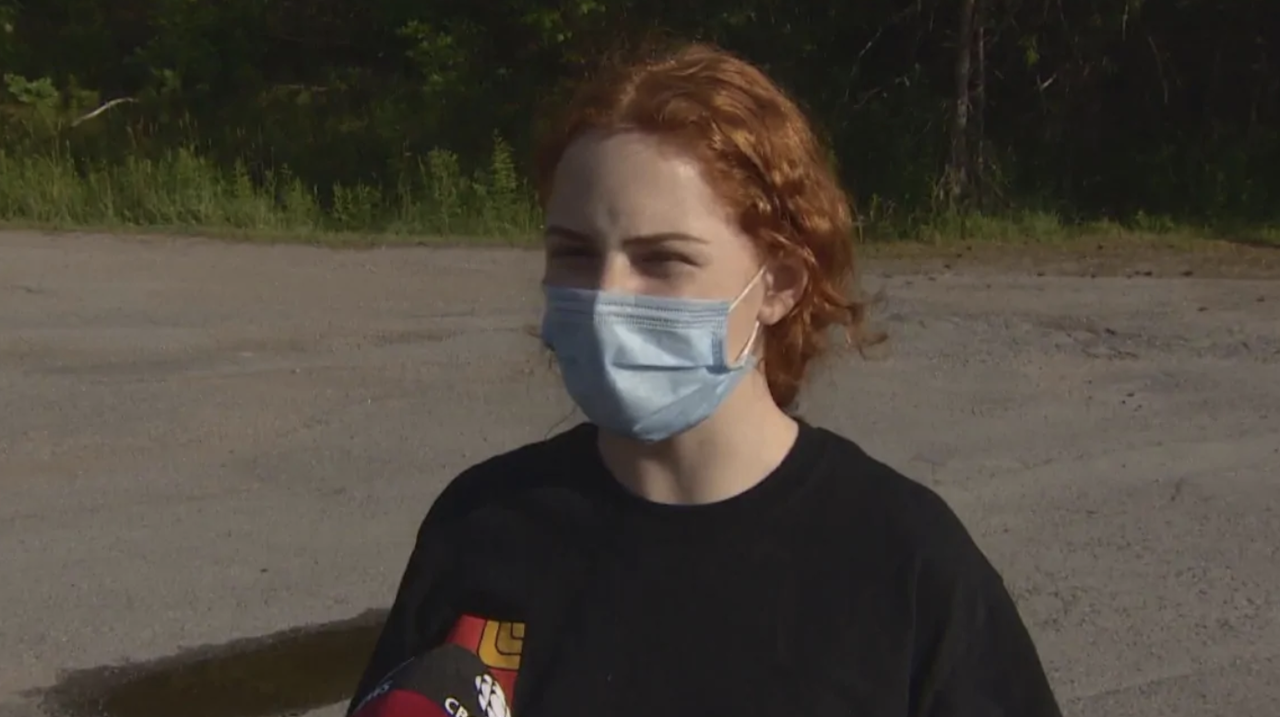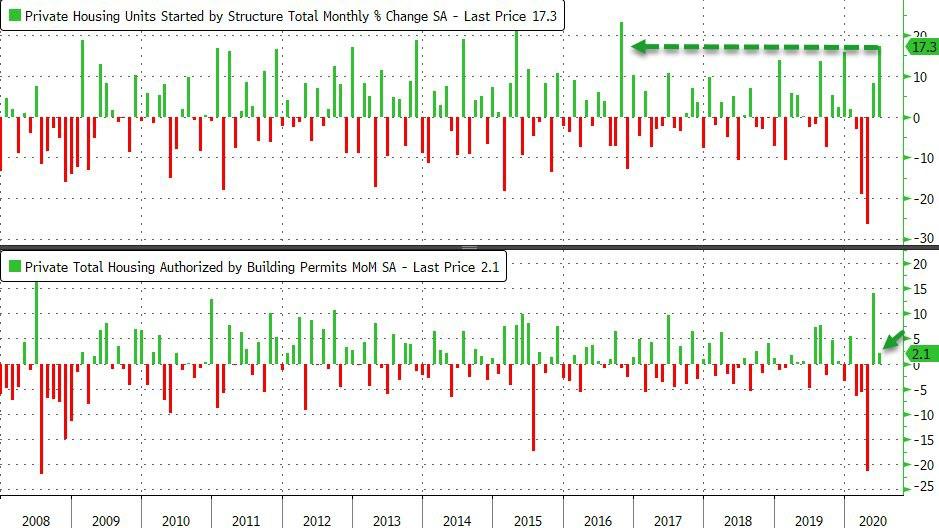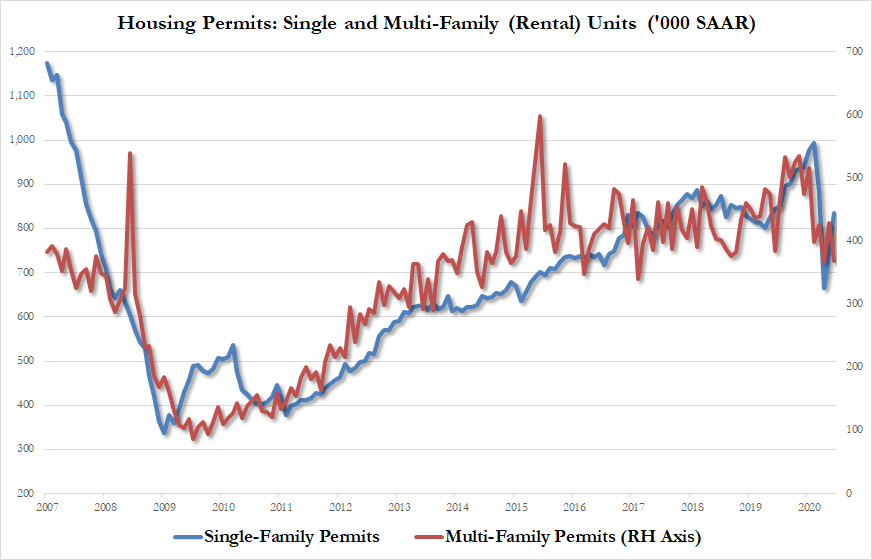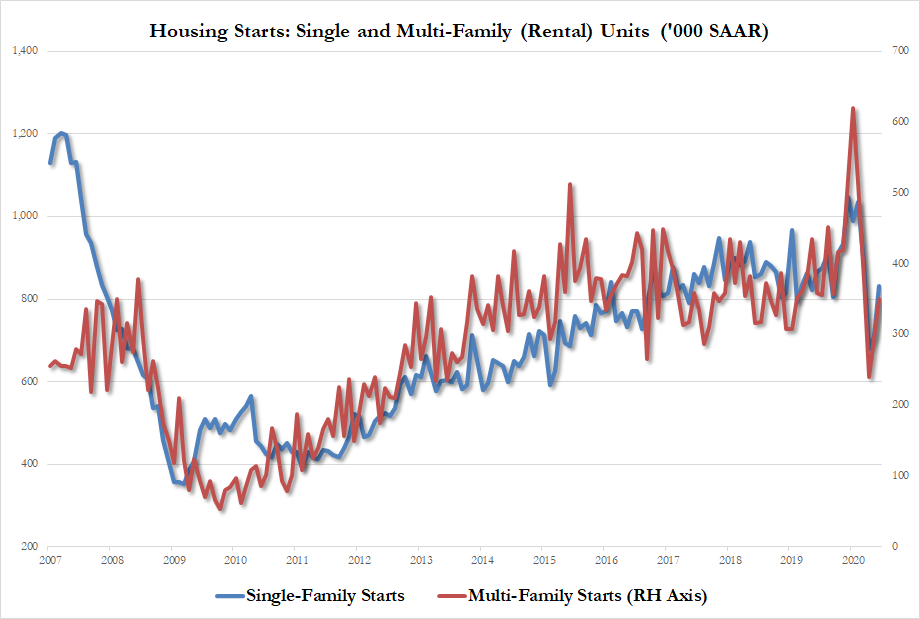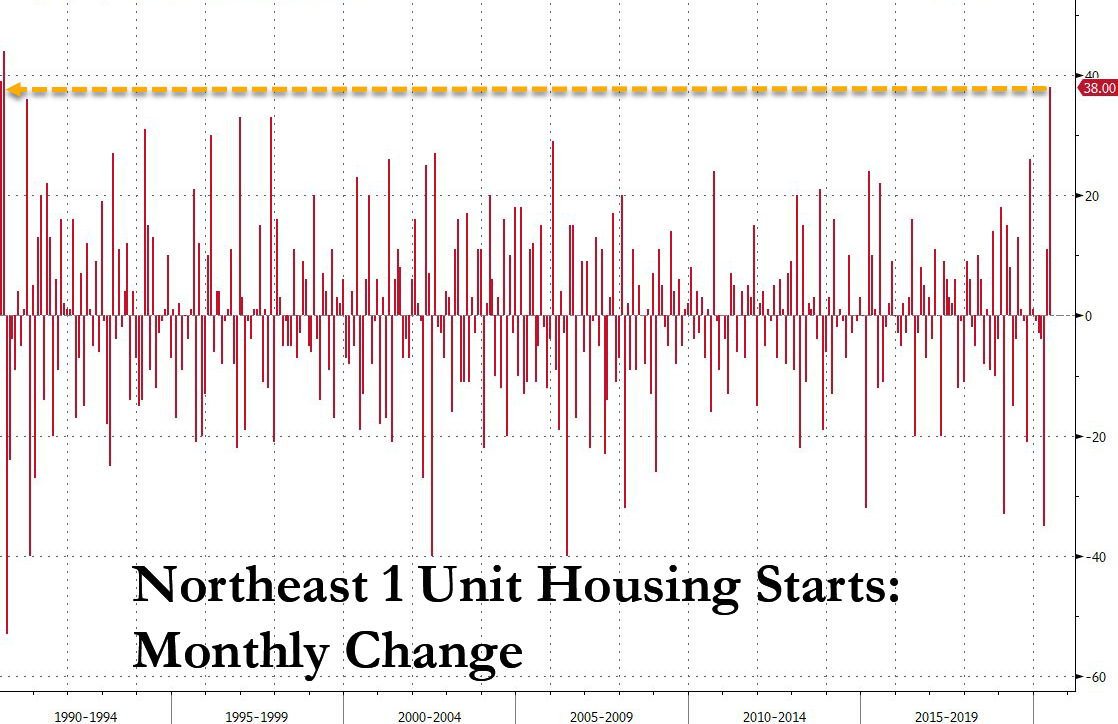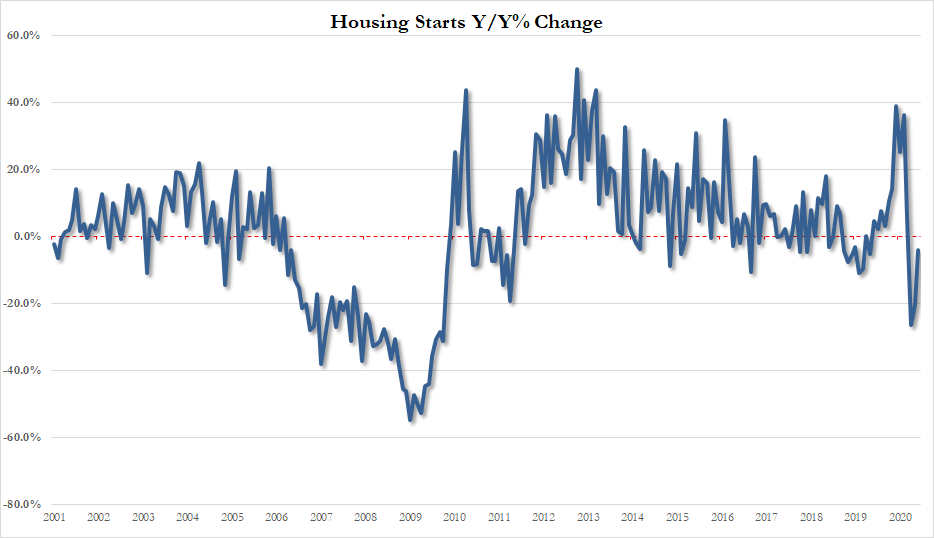It’s Easier To Pretend Our Economic System Works And Just Blow Endless Asset Bubbles
Tyler Durden
Fri, 07/17/2020 – 09:25
Authored by Michael Every of Rabobank
Yesterday saw the US comprehensively beat China. Not in any sporting sense, and certainly not in any dimension of the current Cold War: and for those who still like to think the latter isn’t happening, just listen to what US Attorney General Barr said yesterday. He attacked China for “economic blitzkrieg – an aggressive, orchestrated, whole-of-government (indeed, whole-of-society) campaign to seize the commanding heights of the global economy and to surpass the United States as the world’s pre-eminent superpower.” He also called out Hollywood and US firms for kowtowing to Beijing, alleging corporate officials “display hammer-and-sickle insignia at their desks and attend party lectures during business hours,” before concluding “If Disney and other American corporations continue to bow to Beijing, they risk undermining both their own future competitiveness and prosperity, as well as the classical liberal order that has allowed them to thrive.”
So just where did the US win? In the field that matters most to markets, in fact the only thing that matters to markets – spending. While Chinese retail sales for June fell 1.8% y/y, US retail sales leaped 7.5% m/m vs. 5.0% expected. Yes, it’s apples and oranges, and the US are still down marginally y/y, but considering the States are at least a quarter behind China in the recovery process, it’s a genuinely dynamic retail rebound. USA! USA! USA!
So what is driving this latest round of the US consumer miracle? The $600 a week in special virus-related unemployment benefits. In many instances this is worth more than people’s pre-crisis salary.
The problem here is that these benefits run out at the end of July, and there is as yet no sign whatsoever that they will be extended. Indeed, key Republicans are making noises that doing so would be dangerous. Certainly, it would be in a laissez-faire sense. Then again, in the face of a war against a virus, so is laissez-faire – which is why nobody ever adopts it during wartime. Indeed, the larger message here is desperately simple, and perhaps just desperate.
We seem to think we live in an ‘economic puzzle’: Central banks have failed to hit their inflation targets, and keep introducing more and more distorting measures that also don’t work; governments are spending vastly more only because of the virus, but clearly through gritted teeth, and with the threat of new austerity as soon as possible; and market experts either bewail that nothing works, or call for more to be done, and preferably before Western society falls apart. Yet the US retail data show that if you want a strong, domestic-led upturn all you need to do is put more money in the pockets of poorer people – and they will spend most of it ASAP.
Imagine if the low-income workers to whom a $600 a week income was a major pay rise had actually got that pay rise endogenously, or if government benefits in kind, like health or childcare, provided the same real income lift. Imagine how strong the US –or any—economic recovery would be. (Once we can all shop safely, of course.)
Naturally, this isn’t going to happen. Not in the US, and not anywhere else. Why? Because, as has been pointed out here for many years, once you begin there –with what works— and work backwards, you have to unravel too many ‘untouchable’ threads:
- You can’t raise pay because of cheaper import competition? So impose tariffs.
- You can’t raise pay because of weak labor power? Make the government tip the balance away from capital and back towards labor.
- You can’t raise pay because then inflation will go up and we have too much debt to service? So use financial repression and impose negative real income on investors for once, not on workers.
So looking at that, isn’t it easier to pretend our economic system works and just blow an endless stream of asset bubbles that repeat like the worst kind of Hollywood movie series (The Fast and the Furious Markets)? If so, one would expect to see rates lower forever as a result: and guess what – the US 30-year mortgage is below 3% for the first time ever. If only more people had the money to buy them. Not that this is solely a US issue. China can more than match it in a head-to-head over property obsession – but is again slipping when it comes to a smooth equity bull run: it’s always too much too soon and then a very nasty hangover in that asset space, it seems.
Back to the Cold War, however, because we can’t avoid it even if we wanted to. Mr Barr needs to understand that all markets, even for movies, are about spending. That is why Hollywood aims at a Chinese, not just US, audience, with all the consequent self-censorship and/or altering of posters. If the US Attorney General wants to see different US movies made then the framework in which movie money can be made must change – otherwise things won’t. (An argument being in a parallel manner by various social justice movements, of course.) If US audiences had the cash to see movies more often (or at all, given the virus), that might help swing things.
Or, looking outside Hollywood, if one can’t add money on one side of the balance sheet, perhaps one needs to subtract it on the other: that is happening in trade and tech already via tariffs and bans, first on Huawei and ZTE, and now possibly the Chinese app TikTok. Yet are we really going to see a law banning US cultural exports to certain markets? (“No Star Wars for you”?) That seems a stretch!
Meanwhile, the Cold War is still mainly a US, or ‘Five Eyes’, phenomenon. By contrast, Germany’s highest level officials continue to talk about “Wandel durch Handel” (“Change through trade”) when it comes to China. Which is convenient when you are a massive mercantilist net exporter who also does not want to pay poorer people more but wants to sell the excess production you consequently end up with. The US, for its part, is asking Germany, like Hollywood, which way that change through trade flows – and does not like what it sees in either. And “No Star Wars for you” has much more of a real-life connotation for Europe under a US defence umbrella.
But that’s a tale for the sequel, not this episode.
via ZeroHedge News https://ift.tt/2OyaJ4D Tyler Durden
